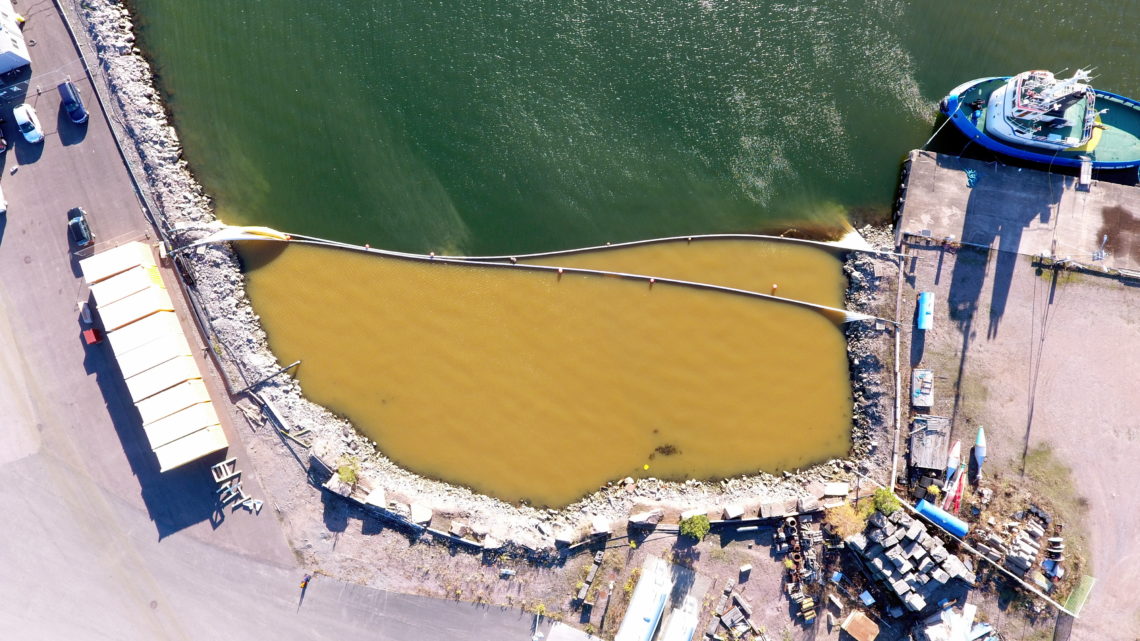Construction activities, dredging, filling – they all produce silt that spread in the water bodies. Very often the silt particles carry pollutants and nutrients that affect the water environment negatively. The nutrients may cause algae bloomings, the pollutants may get into the marine life and accumulate in the food chain.
The prevention or mitigation of the silt distribution in the water bodies are important, and there are measures that can help.


